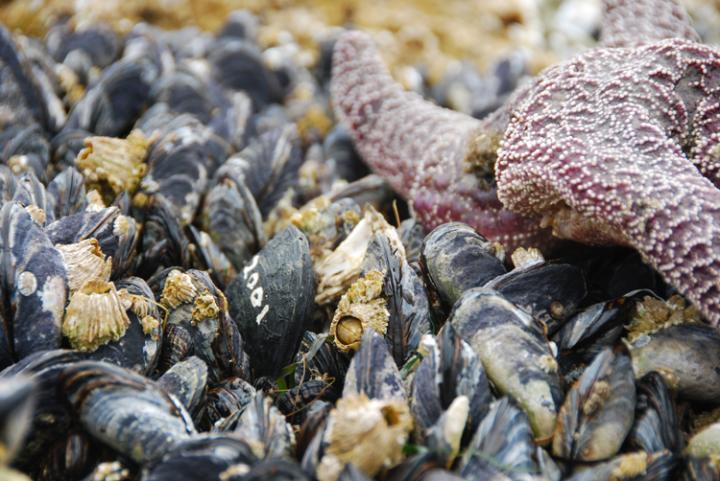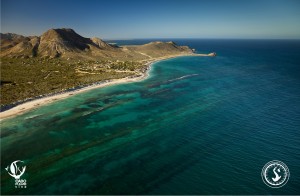I haven’t stumbled across anything from the Cultural Cognition Project at Yale Law School in years so before moving onto their latest news, here’s more about the project,
The Cultural Cognition Project is a group of scholars interested in studying how cultural values shape public risk perceptions and related policy beliefs. Cultural cognition refers to the tendency of individuals to conform their beliefs about disputed matters of fact (e.g., whether global warming is a serious threat; whether the death penalty deters murder; whether gun control makes society more safe or less) to values that define their cultural identities.Project members are using the methods of various disciplines — including social psychology, anthropology, communications, and political science — to chart the impact of this phenomenon and to identify the mechanisms through which it operates. The Project also has an explicit normative objective: to identify processes of democratic decisionmaking by which society can resolve culturally grounded differences in belief in a manner that is both congenial to persons of diverse cultural outlooks and consistent with sound public policymaking.
It’s nice to catch up with some of the project’s latest work, from a Jan. 26, 2017 Yale University news release (also on EurekAlert),
Disputes over science-related policy issues such as climate change or fracking often seem as intractable as other politically charged debates. But in science, at least, simple curiosity might help bridge that partisan divide, according to new research.
In a study slated for publication in the journal Advances in Political Psychology, a Yale-led research team found that people who are curious about science are less polarized in their views on contentious issues than less-curious peers.
In an experiment, they found out why: Science-curious individuals are more willing to engage with surprising information that runs counter to their political predispositions.
“It’s a well-established finding that most people prefer to read or otherwise be exposed to information that fits rather than challenges their political preconceptions,” said research team leader Dan Kahan, Elizabeth K. Dollard Professor of Law and professor of psychology at Yale Law School. “This is called the echo-chamber effect.”
But science-curious individuals are more likely to venture out of that chamber, he said.
“When they are offered the choice to read news articles that support their views or challenge them on the basis of new evidence, science-curious individuals opt for the challenging information,” Kahan said. “For them, surprising pieces of evidence are bright shiny objects — they can’t help but grab at them.”
Kahan and other social scientists previously have shown that information based on scientific evidence can actually intensify — rather than moderate — political polarization on contentious topics such as gun control, climate change, fracking, or the safety of certain vaccines. The new study, which assessed science knowledge among subjects, reiterates the gaping divide separating how conservatives and liberals view science.
Republicans and Democrats with limited knowledge of science were equally likely to agree or disagree with the statement that “there is solid evidence that global warming is caused by human activity. However, the most science-literate conservatives were much more likely to disagree with the statement than less-knowledgeable peers. The most knowledgeable liberals almost universally agreed with the statement.
“Whatever measure of critical reasoning we used, we always observed this depressing pattern: The members of the public most able to make sense of scientific evidence are in fact the most polarized,” Kahan said.
But knowledge of science, and curiosity about science, are not the same thing, the study shows.
The team became interested in curiosity because of its ongoing collaborative research project to improve public engagement with science documentaries involving the Cultural Cognition Project at Yale Law School, the Annenberg Public Policy Center of the University of Pennsylvania, and Tangled Bank Studios at the Howard Hughes Medical Institute.
They noticed that the curious — those who sought out science stories for personal pleasure — not only were more interested in viewing science films on a variety of topics but also did not display political polarization associated with contentious science issues.
The new study found, for instance, that a much higher percentage of curious liberals and conservatives chose to read stories that ran counter to their political beliefs than did their non-curious peers.
“As their science curiosity goes up, the polarizing effects of higher science comprehension dissipate, and people move the same direction on contentious policies like climate change and fracking,” Kahan said.
It is unclear whether curiosity applied to other controversial issues can minimize the partisan rancor that infects other areas of society. But Kahan believes that the curious from both sides of the political and cultural divide should make good ambassadors to the more doctrinaire members of their own groups.
“Politically curious people are a resource who can promote enlightened self-government by sharing scientific information they are naturally inclined to learn and share,” he said.
Here’s my standard link to and citation for the paper,
Science Curiosity and Political Information Processing by Dan M. Kahan, Asheley R Landrum, Katie Carpenter, Laura Helft, and Kathleen Hall Jamieson. Political Psychology Volume 38, Issue Supplement S1 February 2017 Pages 179–199 DOI: 10.1111/pops.12396View First published: 26 January 2017
This paper is open and it can also be accessed here.
I last mentioned Kahan and The Cultural Cognition Project in an April 10, 2014 posting (scroll down about 45% of the way) about responsible science.



